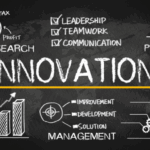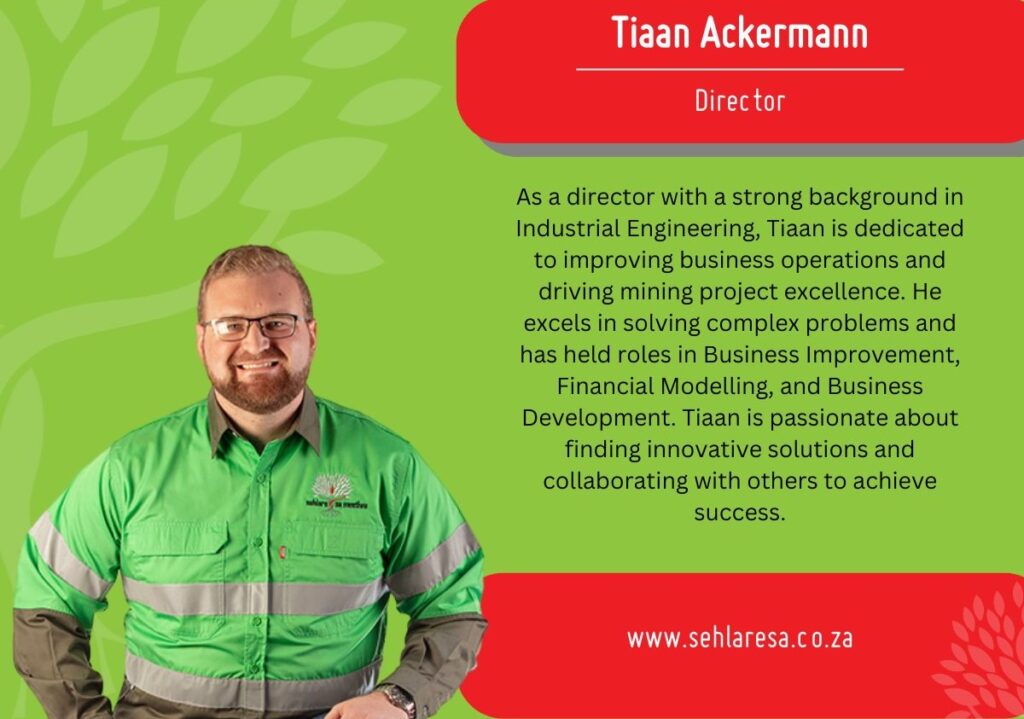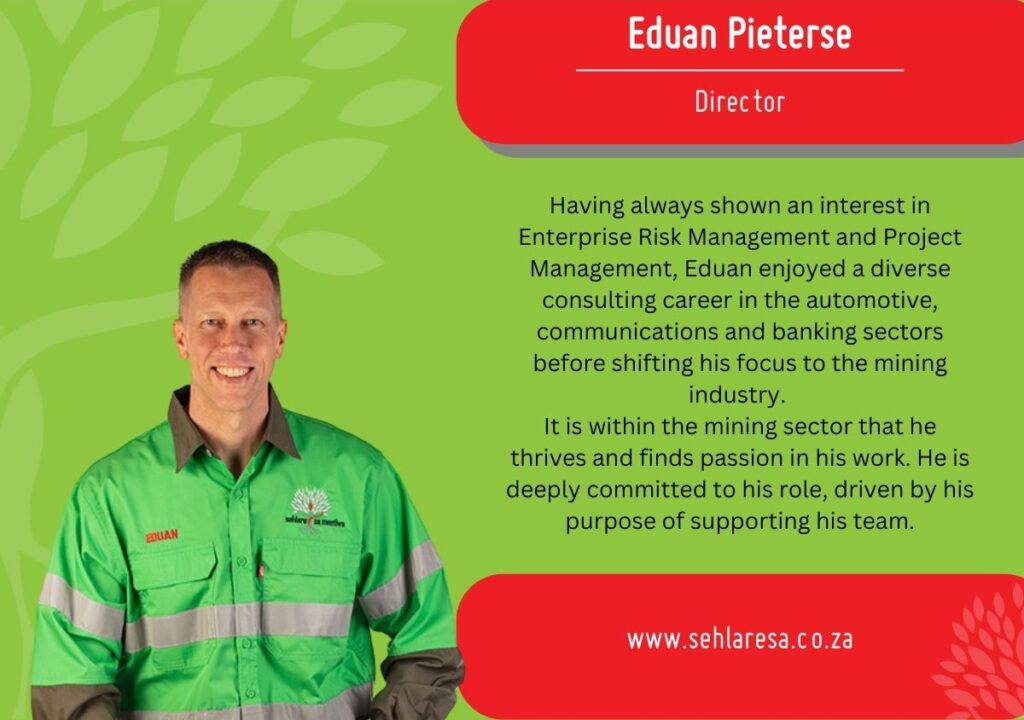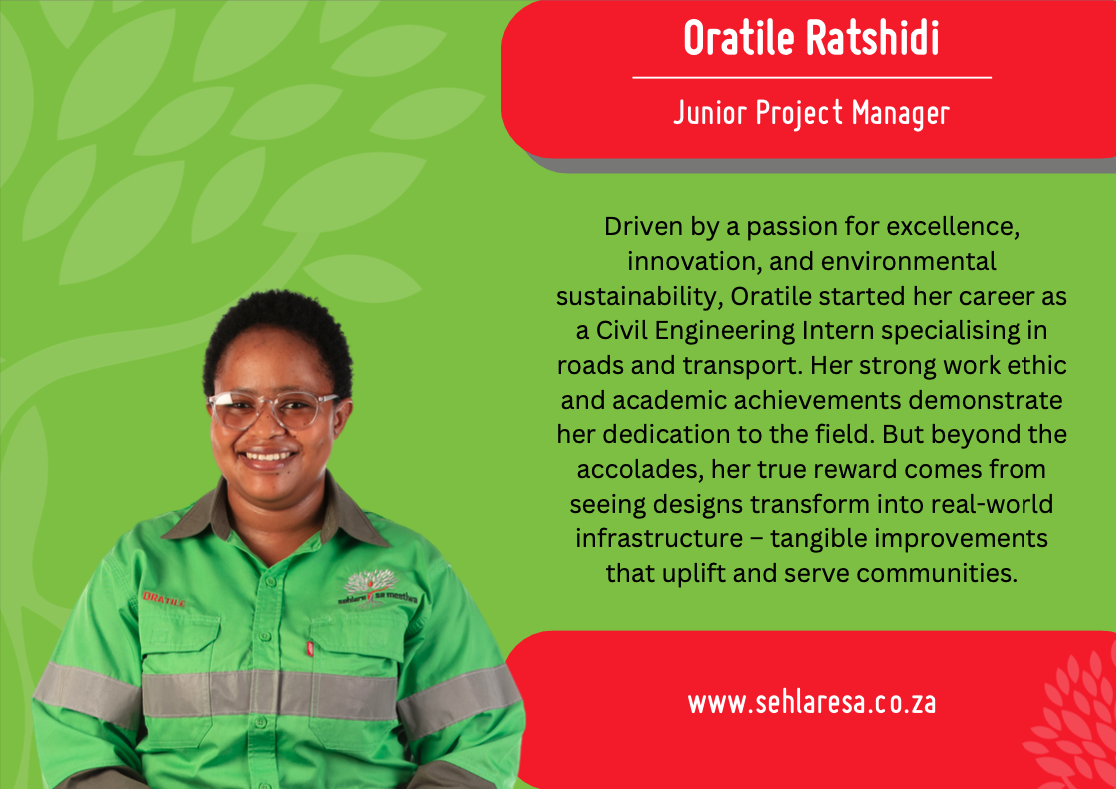Ever felt the rush and chaos as a project transitions from construction to full operation? The secret to avoiding this is effective operational readiness planning. This blog post will unravel the nuances of operational readiness planning, providing project managers and team leaders in mining and construction businesses with insights and actionable steps to ensure a smooth transition.
Introduction
Operational readiness planning is not just a buzzword; it’s the backbone of successful project implementation. It’s about ensuring that every element of your project is ready to go when you flip the switch. Whether you’re launching a product, opening a new facility, or implementing a new system, preparation is key. In this post, we will explore the importance of operational readiness planning, and how it helps mitigate risks and ensures a seamless transition from construction to operation. You’ll learn practical tips, insights, and examples that will guide you through the process.
What is Operational Readiness?
Operational readiness is the state of being fully prepared to start operating a new project. It involves having all systems, processes, and personnel ready to go. This includes everything from technical infrastructure to training and documentation. The goal is to avoid disruptions and ensure that the project can hit the ground running.
The Importance of Operational Readiness Planning
Operational readiness planning is crucial for several reasons. Firstly, it helps identify potential risks and develop strategies to mitigate them. Secondly, it ensures that all stakeholders are on the same page and understand their roles and responsibilities. Finally, it provides a clear roadmap for transitioning from construction to operation.
Key Components of Operational Readiness Planning
To achieve operational readiness, you need to focus on several key components. These include:
- Technical Infrastructure: Ensure all technical systems are in place and functioning correctly.
- Processes and Procedures: Develop and document all necessary processes and procedures.
- Training and Education: Ensure that all personnel are adequately trained and understand their roles.
- Communication and Coordination: Establish clear lines of communication and coordination among all stakeholders.
- Testing and Validation: Conduct thorough testing and validation of all systems and processes.
Identifying Potential Risks
One of the primary goals of operational readiness planning is to identify potential risks. This involves conducting a thorough risk assessment to identify any potential issues that could arise during the transition from construction to operation. Once these risks have been identified, you can develop strategies to mitigate them.
Developing Mitigation Strategies
After identifying potential risks, the next step is to develop mitigation strategies. This involves creating a plan to address each identified risk. For example, if there is a risk of equipment failure, you might develop a maintenance plan to ensure that all equipment is regularly inspected and maintained.
Our expertise in Studies & Construction Support Services, Operational Planning, Project Management, Document Control, Scheduling & WBS Control, Project Administration & Support, Governance Documentation, and Risk Assessments & Planning makes us your local engineering partner. We are dedicated to ensuring your project’s success through meticulous planning and execution.
Ensuring Stakeholder Alignment
Stakeholder alignment is critical for the success of any project. This involves ensuring that all stakeholders understand their roles and responsibilities and are committed to the project’s success. Regular communication and coordination are essential for maintaining stakeholder alignment.
Creating a Clear Roadmap
A clear roadmap is essential for a smooth transition from construction to operation. This roadmap should outline all the necessary steps and milestones that need to be achieved. It should also include timelines and deadlines to ensure that everything stays on track.
Conducting Thorough Testing and Validation
Thorough testing and validation are crucial for ensuring that all systems and processes are functioning correctly. This involves conducting a series of tests to validate that everything is working as expected. Any issues that are identified during this testing phase should be addressed before the project goes live.
Training and Educating Personnel
Training and education are essential for ensuring that all personnel are prepared for the transition. This involves providing training on all new systems and processes, as well as conducting regular drills and exercises to ensure that everyone is ready to go when the project goes live.
Implementing Effective Communication and Coordination
Effective communication and coordination are critical for ensuring that all stakeholders are on the same page. This involves establishing clear lines of communication and regularly updating all stakeholders on the project’s progress. Regular meetings and status updates are essential for maintaining effective communication and coordination.
Monitoring and Evaluating Progress
Once the project has gone live, it’s essential to monitor and evaluate progress regularly. This involves tracking key performance indicators (KPIs) and making any necessary adjustments to ensure that the project stays on track. Regular monitoring and evaluation are essential for maintaining operational readiness.
Conclusion
Operational readiness planning is essential for ensuring a smooth transition from construction to operation. By focusing on key components such as technical infrastructure, processes and procedures, training and education, communication and coordination, and testing and validation, you can mitigate risks and ensure that your project hits the ground running. Remember, preparation is key. Take the time to plan and prepare, and you’ll set your project up for success.
For those looking to refine their operational readiness strategies, consider booking a consultation with our experts. Together, we can ensure your next project launch is seamless and successful.























